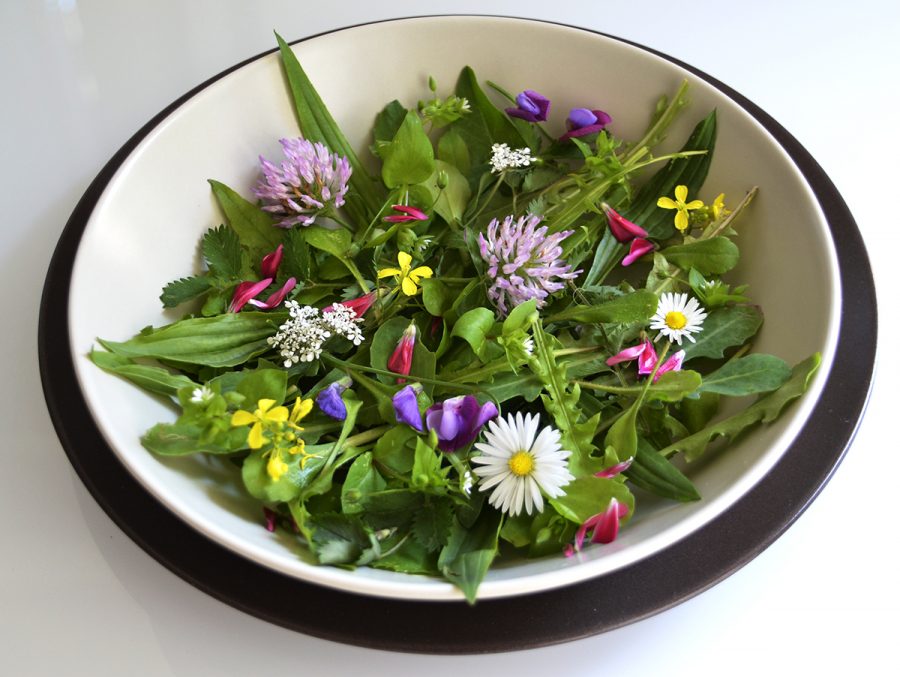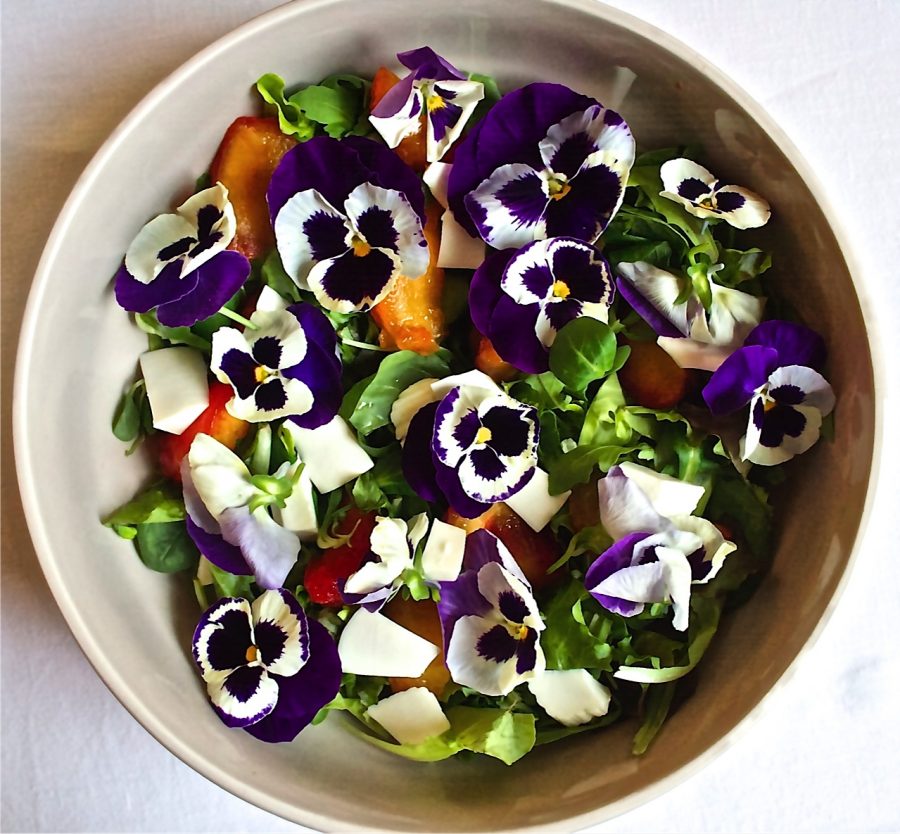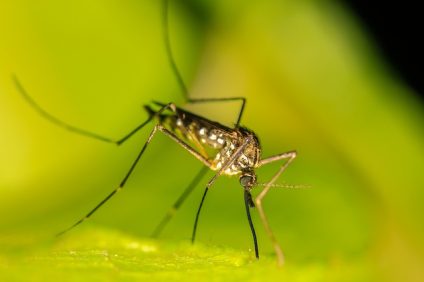Flowers not only give a touch of color to dishes but also have interesting nutritional values
We always consume some flowers, such as courgette flowers but also roses and borage, raw, cooked or infused. Others are gradually entering the habit.

Advantages, contraindications and most suitable methods of consumption of flowers
Little by little, the flower is becoming customary, also due to the desire to bring to the table dishes that are not only good to eat but also beautiful to look at. It is about the edible flowers, which can be added to meat dishes, soups, salads, fruit salads and even sorbets.
There are about 50 i edible flowers today known and studied. But this is a number that is destined to increase.
What are the colors of the flowers for?
Il color of a flower it serves the plant to attract insects for pollination. But not only. Most of the colors are due to the presence of pigments that also help the flower to overcome environmental stresses, such as lack of water or cold. These molecules are mostly polyphenols, flavonoids and anthocyanins, compounds with an antioxidant role. They perform the same function in our organism, fighting the so-called free radicals, responsible for cellular aging, helping to prevent many of the most common degenerative diseases.
Un yellow flower ed Orange, for example, it contains flavonoids and carotenoids. The purple and magenta colors are instead originated from anthocyanins. They are also rich in mineral salts, vitamins A, B, C and amino acids.
The flowers on the table help to follow a healthy and balanced diet

Not all of them are edible and some can be poisonous. The flowers that are on the market to be eaten are safe and guaranteed. They are chosen from the edible varieties and grown in the proper ways. If, on the other hand, you decide to grow them in a small vegetable garden, on a terrace or to taste those collected in a field, it is good to be guided by a botanical expert.
Before consuming the fiori it is essential to verify their origin. It is important to specify this.
The best way to appreciate them is to consume them raw, also because they keep their nutrients at their best. However, it is necessary to avoid storing them for several days. If the method is not correct, there is a risk that they will develop mold and toxins. It is then important to wash and clean them thoroughly.
A single contraindication concerns the danger of allergic reactions, due to the pollen they contain. The most consumed flowers are the least allergenic ones.
The properties of the species of fiori Most common
La borage it is very rich in flavonoids. It can be eaten raw or even fried or breaded.
Le begonias, added to salads, sorbets or fruit salads, they have an interesting anti-inflammatory power.
Le viole they are especially rich in potassium. While geranium is astringent, diuretic and is useful for throat irritations and stomach ulcers.
La primrose, of which everything is consumed, in salads, soups, sauces and infusions. It is a cure-all against insomnia.
Il nasturtium it is recommended in case of colds because it is rich in vitamin C. Like the pink, perhaps the best known among the edible flowers, whose fruit is also very rich in proteins and unsaturated omega 3 and omega 6 fatty acids, essential for staying healthy.





